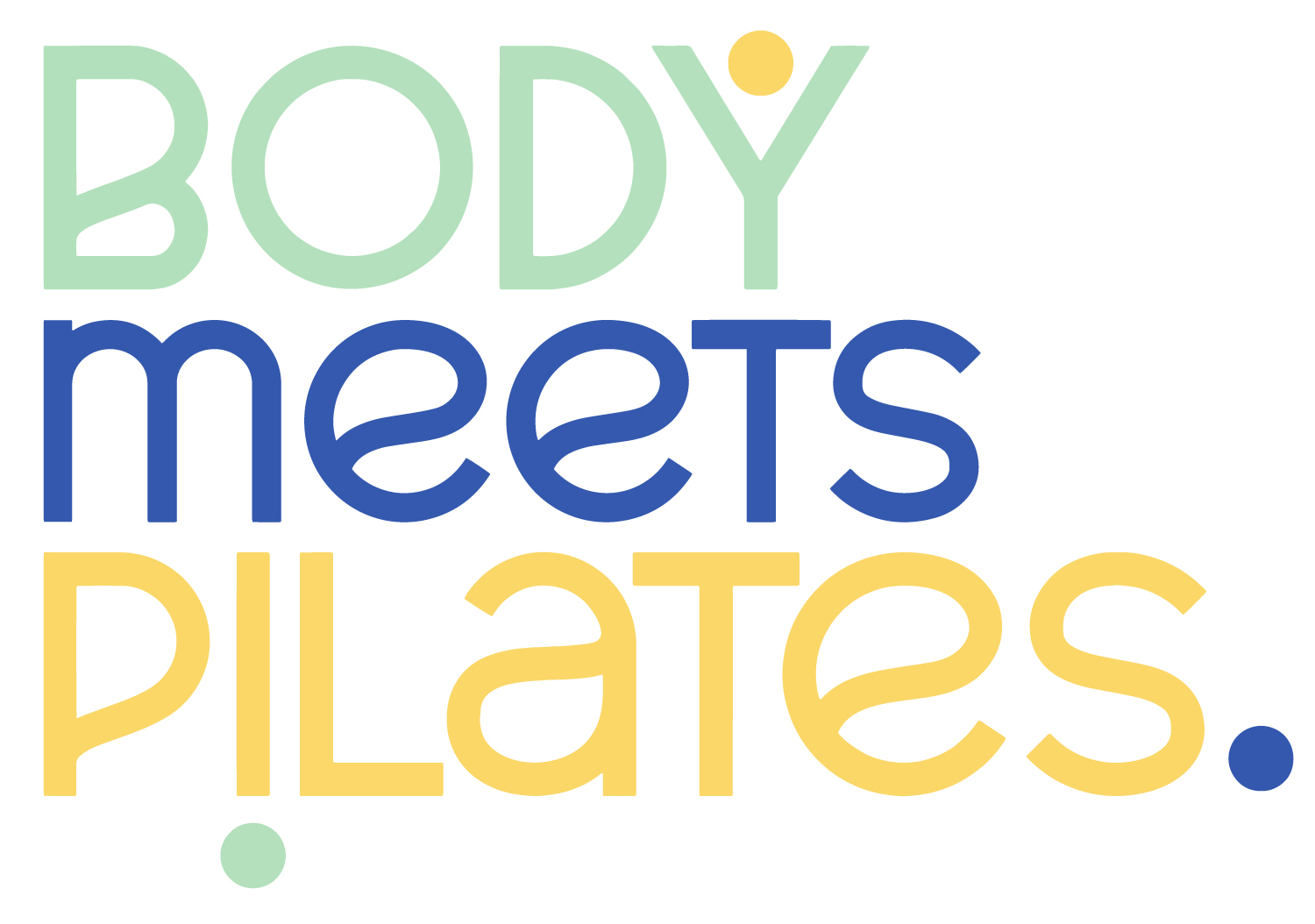Busting the Top 5 Myths of Practicing Pilates
Pilates has gained immense popularity in recent years for its holistic approach to fitness, focusing on core strength, flexibility, and overall body awareness. However, with popularity comes misinformation. This blog post will debunk five common myths surrounding the practice of Pilates.
Myth 1: Pilates is Only for Women
One common misconception about Pilates is that it’s primarily for women. While it’s true that Pilates was developed by Joseph Pilates in the early 20th century, and some of the early adopters were women, the method is not exclusive to any gender. Pilates is designed to benefit everyone, regardless of age, gender, or fitness level. Many professional athletes, including men, incorporate Pilates into their training regimen to improve strength, flexibility, and performance.
Myth 2: Pilates is Just Another Form of Yoga
Both Pilates and yoga share the same emphasis on mindful movement and controlled breathing, but that’s where the similarities end. Pilates focuses on building core strength, stabilizing muscles, and improving posture through a series of specific exercises. Unlike yoga, Pilates is often performed on specialized equipment like the reformer, which adds resistance to movements, making it a unique and effective workout method.
Myth 3: Pilates Doesn’t Provide a Cardiovascular Workout
Some believe that Pilates is only effective for toning and flexibility and lacks the intensity required for a cardiovascular workout. In reality, Pilates can be adapted to include cardio elements. Incorporating dynamic movements, increasing the pace, or combining Pilates with other forms of cardiovascular exercise can elevate your heart rate and contribute to improved cardiovascular fitness.
Myth 4: You Need Specialized Equipment for Pilates
While Pilates equipment like the reformer, Cadillac, and Wunda chair can enhance your practice, they are not a prerequisite. Joseph Pilates developed mat exercises that form the foundation of the practice, requiring only your body weight and a mat. These exercises can be just as effective in building strength, flexibility, and body awareness. Pilates is accessible to everyone, whether you choose to use equipment or not.
Myth 5: Pilates is Only for the Young and Flexible
Contrary to the popular belief that Pilates is reserved for the young and already flexible, it’s an inclusive practice suitable for people of all ages and fitness levels. Pilates can be adapted to accommodate various abilities and health conditions. It is an excellent option for seniors, those recovering from injuries, and anyone looking to improve their overall well-being. The focus on controlled movements allows you to progress at your own pace, making Pilates a sustainable and adaptable practice throughout life.
Let’s set the record straight!
Dispelling these common myths about Pilates reveals the versatility and inclusivity of this transformative exercise method. Whether you’re a seasoned athlete or someone new to fitness, Pilates offers a path to increased strength, flexibility, and overall well-being. Embrace the practice, debunk the myths, and discover the countless benefits that Pilates can bring to your life!

